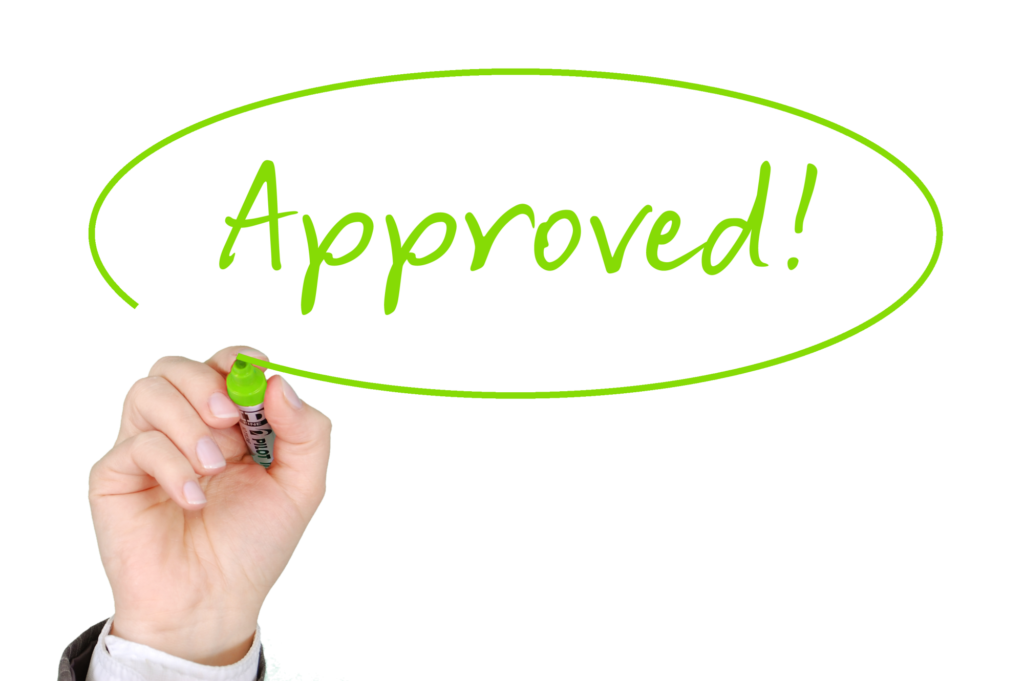Are you looking to take out a personal loan but not sure which to choose? You’re not alone in taking out a loan. Did you know 34% of Americans have taken out a personal loan in the past year?
In this article, you’ll discover the different types of personal loans plus the pros and cons of each. You’ll then be able to decide which personal loan is best for you.
Read on to discover the different types of loans!
1. Unsecured Personal Loans
This type of loan is common but keep in mind banks charge higher interest rates and fees since they’re not backed by collateral(home, car). Approval and rate are based on your credit score. The rates can range anywhere from 12-25%.
Pro: You have predictable payments. You typically receive a lump sum at the beginning and then a set payment monthly.
Con: If you have a credit score in the 600’s-700’s it’ll be easier to get approved.
2. Secured Personal Loans
They’re backed by collateral which means the lender can take if you default on your loan. Secured personal loans are home loans and car loans for example. Rates tend to be lower on secured personal loans since lenders have the ability to take your collateral if you don’t pay.
Some credit unions, lenders, and banks allow you to get secured personal loans where you can borrow against your personal savings, car, or another asset.
Pro: Lower rates. Since these loans are backed by collateral, lenders feel more comfortable offering lower rates.
Con: Higher risk for you. If you don’t repay this loan, the lender can seize your collateral.
Secured personal loan to avoid:
- Car title loans. This is not a loan that you use to buy or refinance a used or new car. This is when borrowers turn over their car title for cash. They normally don’t come with a credit check, but normally have high-interest fees and rates. If you don’t repay, you risk losing your vehicle.
Do you feel stuck and overwhelmed due to your credit? You still have options! Check out these bad credit loans.
3. Fixed-Rate Loans
Most personal loans out there offer fixed-rates. That means the interest and payment will remain the same. This is the easiest way to budget since you don’t have to worry about your rate going up.
Pros: Easier budgeting. You’ll always know what you owe each month since the rate and amount stay the same for the life of the loan.
Cons: They do have higher rates. The lender is taking more of a risk, so they might charge higher rates.
4. Variable-Interest Loans
A variable-interest loan means your interest rate could change. With a line of credit, lenders will let you borrow up to a certain amount.
Pro: You’ll only borrow what you need. You’ll make monthly payments and pay interest on what you’re borrowing.
Con: Rates fluctuate. Some lines of credit have fees so you’ll want to check with your lender first.
5. Debt Consolidation Loans
This is if you have debt in many different areas and want to consolidate it so it’s all in one space. You’ll then have a single payment and interest rate.
Pro: It’s easier to qualify for this loan. It might also be easier to qualify than some other methods of consolidating debt.
Con: Higher interest rate.
6. Co-Sign Loans
This is for borrowers who have little or no credit so wouldn’t qualify for other personal loans. This means that if the borrower doesn’t pay the loan then the co-signer will.
If you know someone who will co-sign for you and has great credit, it’ll improve your chances of qualifying and receiving a lower rate.
7. Payday Loans
This is considered an unsecured loan. It’s normally paid on the borrower’s payday instead of installments over time. They’re short-term and risky, and the average annual percentage rate is almost 400%.
8. Credit Card Cash Advance
This is when you use your credit card to take out a short-term loan from an ATM or bank. It’s convenient but more expensive. Interest rates can be higher than for purchases. You’ll also pay cash advance fees.
9. Pawnshop Loan
A pawn shop loan is considered a secured personal loan. You borrow against an asset such as jewelry, electronics, etc. If you don’t repay it then the pawnshop will sell your asset. Rates tend to be very high but tend to be less than payday loans.
If you don’t repay the loan you don’t have to worry about ruining your credit or being hassled by debt collectors. You’ll just lose your asset.
10. Personal Line of Credit
This is revolving credit which is actually more similar to a credit card than a personal loan. You won’t get a lump sum of cash, instead, you get access to a credit line where you can borrow as needed. You only pay interest from what you borrow.
It’s best for when you have ongoing expenses or emergencies instead of a one-time expense.
Types of Personal Loans
You learned all about the different types of personal loans in this article including the pros and cons. You’ll now be able to make an informed decision about which personal loan is best for you and your needs.
Make sure to compare each loan and write down your goals before choosing which is the right loan for you. Think about whether it’s a one-time fee or if they’re recurring fees over time.
Would you like to read more about everything from the economy to lifestyle? Check out our blog!
